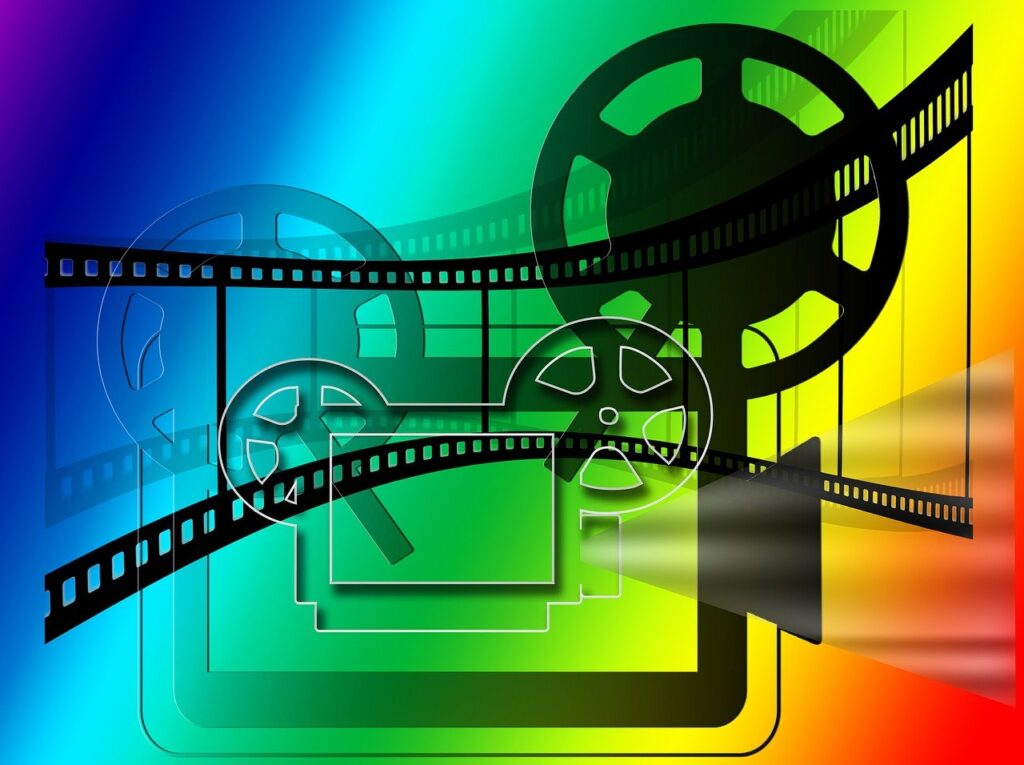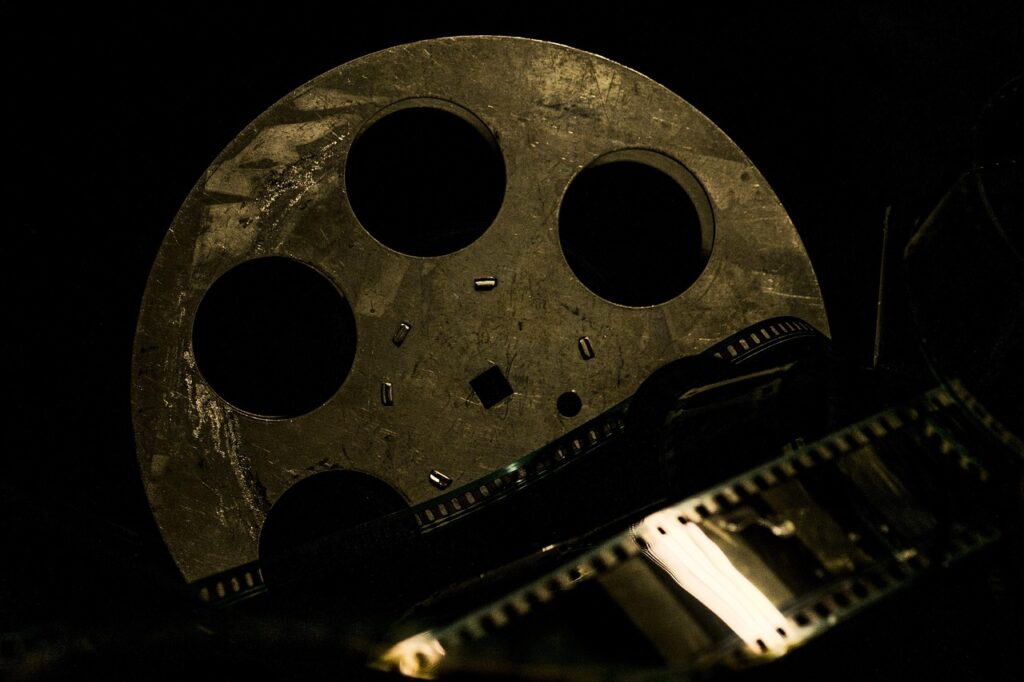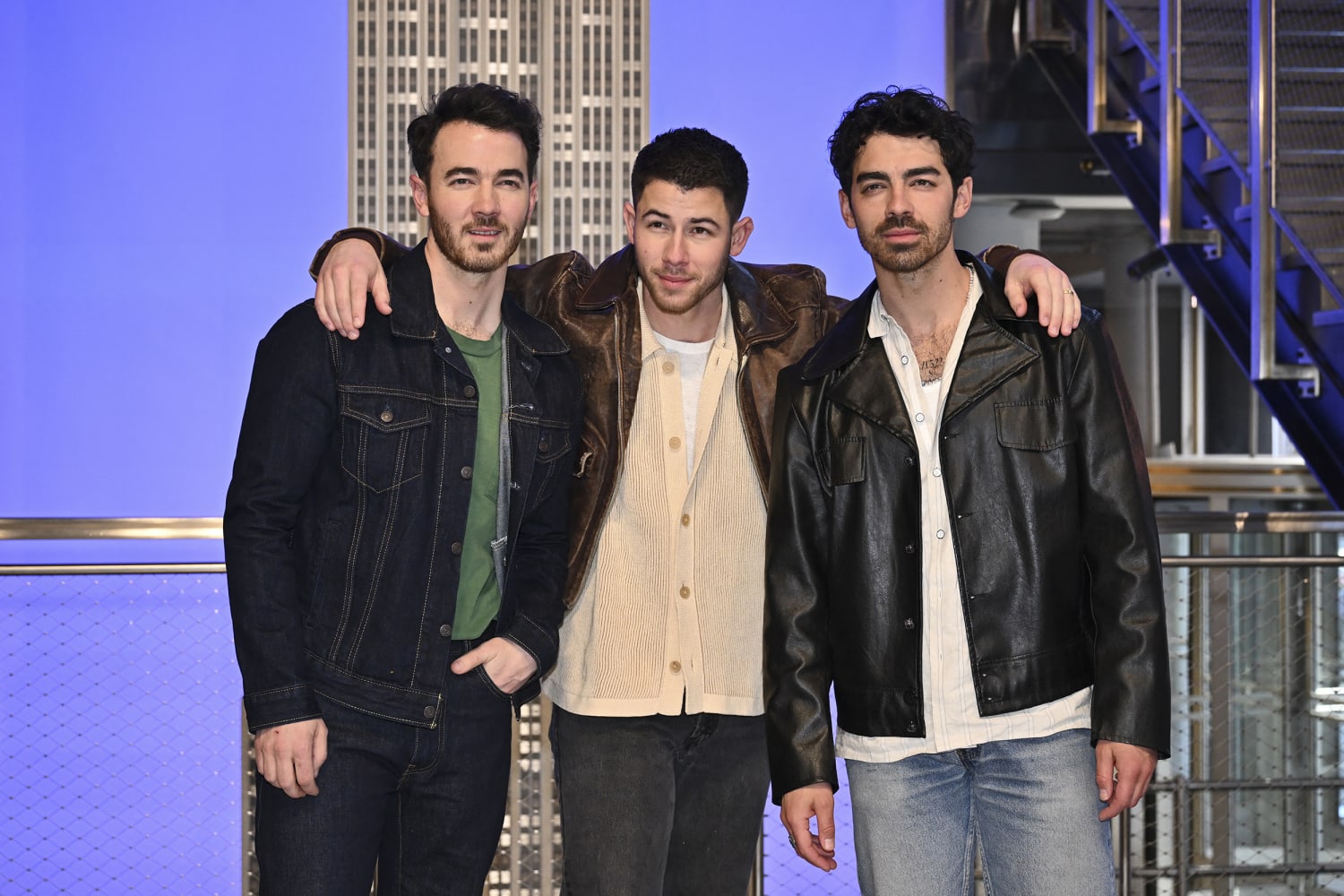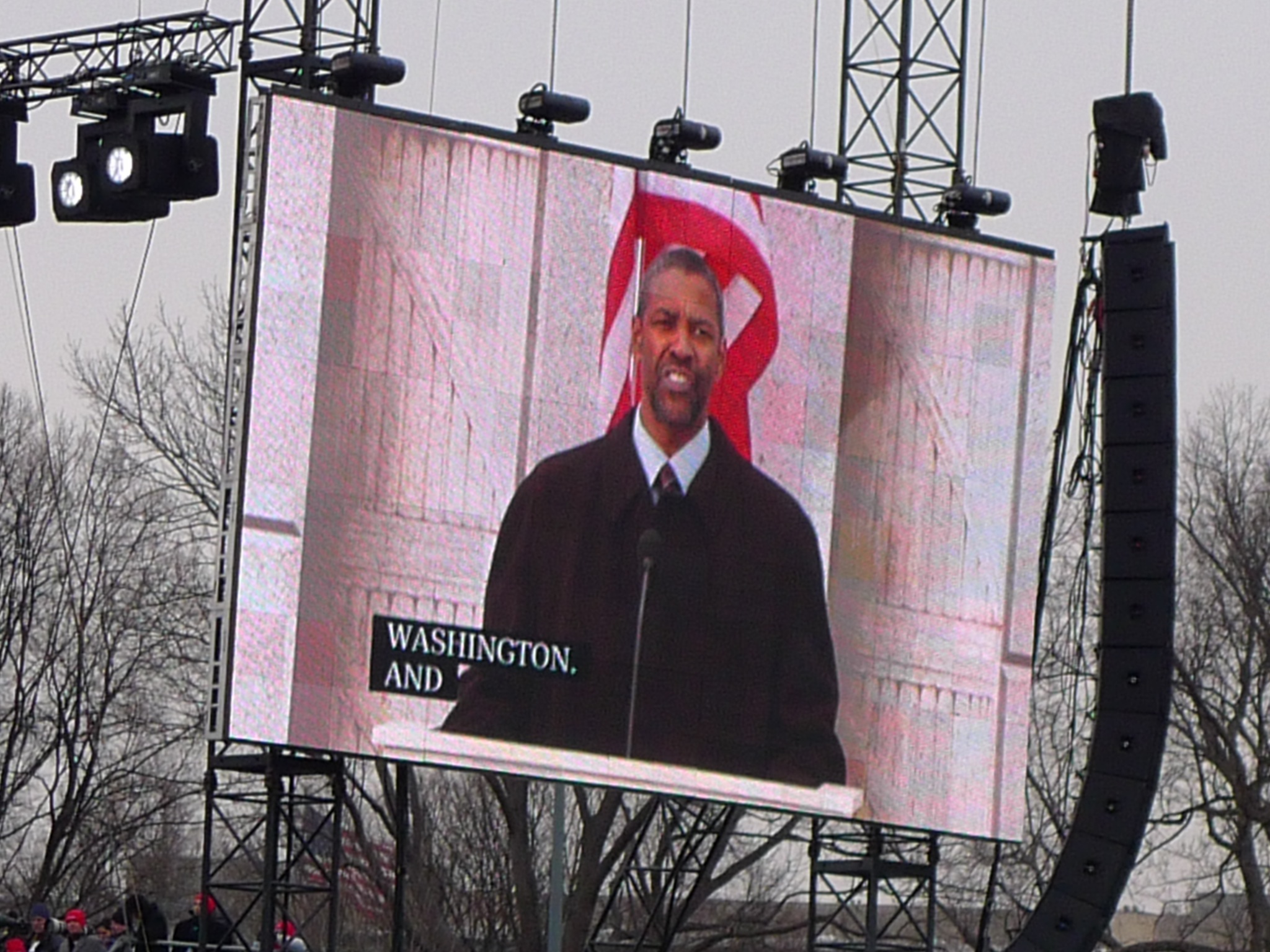
More than a decade and a half after its initial broadcast, the final scene of *The Sopranos* remains not just a talking point, but a cultural phenomenon unto itself. The infamous cut to black, an audacious narrative gamble that defied every convention of series finales, didn’t just conclude a story; it birthed an ongoing, vibrant dialogue that continues to evolve with each passing year. For many, it was an abrupt, even frustrating, conclusion to a show that had redefined prestige television, yet its ambiguity proved to be its greatest strength, solidifying its place in the pantheon of television history.
This enduring conversation speaks volumes about the masterful complexity of David Chase’s creation, and perhaps more profoundly, about how *The Sopranos* fundamentally revolutionized television storytelling. Far from being a mere plot device, that final moment at Holsten’s Diner has become a canvas onto which viewers project their own theories, fears, and understandings of destiny. It’s a finale that actively demands participation, transforming passive viewers into active interpreters, forever bound by the question of Tony Soprano’s ultimate fate.
Indeed, the beauty of this ending lies in its capacity for perpetual reinvention. It’s a testament to its genius that what once sparked immediate outrage now sparks new interpretations, with longtime fans regularly discovering deeper meanings and finding their perspectives shifting. This article delves into the myriad reasons why this singular television event continues to command our attention, exploring the nuanced layers, hidden symbols, and profound influences that ensure *The Sopranos* finale remains the most talked-about ending in TV history.
1. **The Enduring Mystery: Why Viewers Are Still Changing Their Minds About The Sopranos Ending**The initial outcry following “Made in America” was palpable, as many viewers found themselves grappling with an ending that felt, to put it mildly, less than definitive. This abrupt cut to black, far from offering the catharsis or clear resolution typically expected from a series of such monumental stature, instead plunged audiences into a disorienting silence. It was a moment that sparked immediate frustration, leaving many feeling cheated by a conclusion that seemed to defy the very narrative conventions they had come to expect and perhaps even crave.
Yet, in the years since its initial broadcast, this seemingly frustrating non-ending has slowly but surely revealed its true colors as a stroke of sheer narrative genius. The “layered construction” of the finale, a testament to David Chase’s audacious vision, has allowed it to evolve from a source of annoyance into a profound “carefully crafted meditation.” This meditation delves deep into the existential anxieties that plagued Tony Soprano throughout his journey: the stark realities of “mortality,” the intricate and often suffocating bonds of “family,” and the steep, inescapable “price of power.”
The true brilliance lies in how this layered approach compels an active, ongoing engagement from its audience. It’s a finale designed not for passive consumption but for rigorous re-evaluation, where “with each rewatch, viewers notice new details” that were previously overlooked in the initial shock or anticipation. These emergent details are not mere easter eggs; they are crucial narrative threads that actively “reshape their understanding of Tony’s ultimate fate,” turning a singular, ambiguous event into an endlessly unfolding enigma.
The continuing shifts in perspective underscore the finale’s profound success in challenging conventional storytelling. Rather than providing a spoon-fed answer, Chase invited audiences into a prolonged psychological experiment, where their own biases, expectations, and personal experiences become part of the interpretive process. This dynamic re-engagement ensures that the discussion around *The Sopranos* finale remains vibrant, evolving, and as complex as the characters it depicted, cementing its place as a perpetually shifting cultural touchstone.
2. **Confronting Expectations: The Power of Perspective Shifts**What truly elevates the finale from a simple cliffhanger to a narrative masterpiece is its audacious manipulation of viewer expectations. Many, perhaps most, viewers who tuned in on that fateful night in 2007 felt genuinely “cheated by the sudden blackout.” This visceral reaction stemmed from a collective desire for a definitive answer, a clear resolution to the years-long narrative journey of Tony Soprano. Yet, this very feeling of being denied is precisely what has allowed the ending to mature in the minds of its audience.
Over time, as the immediate frustration receded, a new appreciation began to dawn, revealing how this ending “forces us to confront our own bloodlust and expectations.” It’s a daring artistic statement, challenging the audience’s inherent desire for violent closure or neat narrative bows. By refusing to show a clear resolution, the finale subtly indicts the viewer’s own complicity in the cycle of violence and the morbid curiosity surrounding Tony’s potential demise, forcing a profound self-reflection on what it is we truly sought from the story.
The genius of this shift lies in the meticulously constructed tension throughout “Made in America,” the episode leading to the final scene. Every narrative beat, from the “careful editing” to the presence of “suspicious characters at Holsten’s” and the insistent “bell above the door,” contributes to an “atmosphere of impending doom.” This pervasive sense of threat doesn’t just mirror Tony’s own “perpetual paranoia”; it cultivates it within the viewer, making the sudden silence all the more impactful when it finally arrives, shattering the expected payoff.
This deliberate cultivation of tension and subsequent subversion of climax is a masterclass in psychological storytelling. The unresolved nature of the ending doesn’t diminish its power; it amplifies it, embedding the uncertainty directly into the viewer’s psyche. It transforms a conventional narrative ending into an enduring question mark, ensuring that the act of watching, interpreting, and re-interpreting becomes an active, ongoing process, continually challenging and shifting our perspectives on the narrative and our own roles within it.

3. **A Symphony of Subtlety: Hidden Details That Reshape The Final Scene**The true depths of the finale’s narrative artistry are only fully appreciated when one looks beyond the immediate shock of the cut to black. Its genius, as the context suggests, “lies in its subtle callbacks and symbolic elements that become apparent only through multiple viewings.” This is not a passive ending; it’s a meticulously constructed puzzle box, rewarding the diligent re-watcher with layers of meaning that profoundly “reshape The Final Scene” from a simple abruptness into a profound statement.
One such resonant “callback” is the poignant “theme of family meals,” a recurring motif established with remarkable clarity “in the very first episode.” This foundational element of the Soprano family’s life, often a site of both mundane interaction and profound tension, “comes full circle at Holsten’s.” It underscores the series’ cyclical nature, suggesting that for all Tony’s struggles and transformations, some fundamental aspects of his existence – and indeed, the human condition – remain constant, culminating in a scene that is both ordinary and apocalyptic.
Further enriching this tapestry of hidden meaning is the seemingly innocuous “selection of ‘Don’t Stop Believin’’” on the diner’s jukebox. While superficially a message of hope, its inclusion “carries deeper meaning beyond its surface-level optimism.” The lyrics, particularly those about “strangers waiting,” resonate with an unsettling prescience, echoing Tony’s constant vulnerability and the ever-present threat of unseen forces. This musical choice, therefore, acts as a subtle commentary, layering an ironic or fatalistic undertone onto an already fraught moment, pushing viewers to consider the narrative’s unspoken implications.
These seemingly minor details are, in fact, linchpins in the finale’s enduring power. They transform what might otherwise be perceived as a narrative void into a rich interpretative landscape. The more one scrutinizes the scene, the more these “subtle callbacks and symbolic elements” reveal themselves, each one adding another facet to the diamond of ambiguity. This meticulous construction ensures that the finale is not just a conclusion but an invitation to an endless process of discovery and re-evaluation, ensuring its perpetual relevance in cultural discourse.
4. **Echoes of Mortality: Visual Symbolism and Foreshadowing**Beyond the carefully chosen song lyrics and thematic callbacks, the visual grammar of the final scene is a masterclass in deliberate, layered storytelling. The camera work, far from being incidental, “deliberately mirrors the technique used in the famous ‘From Where to Eternity’ episode.” This specific mirroring is no accident; it’s a direct reference to a prior narrative moment where Bobby Bacala, in a chillingly prescient conversation, “discusses death coming without warning.” This visual echo serves as a stark piece of foreshadowing, preparing the astute viewer for an abrupt, unheralded conclusion.
This deliberate visual parallelism amplifies the sense of impending doom and the fragility of existence that permeates the series. By recalling Bobby’s philosophical musings on the suddenness of death, the finale subtly primes the audience for a similar, unforeseen narrative strike. The absence of a clear assailant or a dramatic build-up to a violent act becomes a direct manifestation of Bobby’s words, turning the philosophical into the cinematic, and making the ultimate blackout a chillingly literal interpretation of his observation that “you probably don’t even hear it, right?”
The “repeated shots from Tony’s perspective” further establish a critical “pattern” within the scene. The audience is frequently placed directly into Tony’s point of view, seeing the world through his eyes, experiencing his paranoia, and assessing the potential threats around him. This immersive technique binds the viewer to Tony’s subjectivity, making the final cut to black not merely an external event but an internal, experiential one. It means the abrupt end of the visual narrative is also the abrupt end of *our* shared perspective with Tony, forcing us to consider if his perception, and indeed his life, simply ceased.
This sophisticated use of “visual symbolism and foreshadowing” elevates the ending from a simple narrative device to a profound artistic statement. The choice to abruptly cut to black becomes far “more significant than a mere creative choice”; it becomes a thematic punctuation mark, a visual representation of the unpredictability of life and death that is deeply woven into the show’s fabric. It forces the audience to confront the arbitrary nature of fate, making the silence that follows not just an end, but an existential void that continues to resonate.

5. **A New Paradigm: The Sopranos’ Lasting Impact on Television**The audacious conclusion of *The Sopranos* did far more than simply close out a critically acclaimed series; it initiated a seismic shift in the landscape of television storytelling. “The ambiguous ending of The Sopranos didn’t just conclude a series – it transformed how television creators approach storytelling.” This was a watershed moment, a declaration that television could, and should, challenge its audience, reject conventional closure, and prioritize thematic depth over explicit resolution.
Before *The Sopranos* finale, there was an unspoken contract between showrunners and viewers: provide answers, tie up loose ends, and deliver a satisfying emotional payoff. Chase shattered this contract, demonstrating that true satisfaction could lie in intellectual engagement and enduring debate, rather than neatly packaged answers. This bold move liberated creators, offering a powerful precedent for narratives that prioritize artistic vision over audience comfort, forever altering the expectations of both producers and consumers of episodic drama.
This transformative impact is evident in the lineage of prestige dramas that followed. “Modern prestige dramas like Breaking Bad, Mad Men, and Better Call Saul have all acknowledged their debt to The Sopranos’ revolutionary approach to closure.” These groundbreaking series, themselves lauded for their complex characters and morally ambiguous worlds, were emboldened by *The Sopranos* to pursue their own nuanced, often open-ended, conclusions. They understood that an ending doesn’t always have to provide an answer, but can instead serve as a profound final statement that resonates long after the credits roll.
Therefore, *The Sopranos* finale isn’t just an iconic moment in isolation; it’s a foundational text in the evolution of television. Its ambiguity wasn’t a flaw but a feature, a deliberate challenge that expanded the very definition of what a television narrative could achieve. It taught an entire generation of creators that the most impactful endings are often those that refuse to truly end, living on indefinitely in the collective consciousness and critical discourse, perpetually shaping the art form.
6. **Shaping the Future: Influence on Modern Television**The reverberations of *The Sopranos* finale continue to be felt across the television landscape, long after Tony Soprano’s final scene. Its profound influence extends directly to how “contemporary showrunners continue to cite The Sopranos’ finale as a masterclass in subverting expectations while remaining true to a show’s themes.” This speaks volumes about its enduring pedagogical power, offering a blueprint for how to craft an ending that is both narratively bold and thematically consistent, ensuring its artistic integrity.
Chase’s willingness to deny a straightforward resolution was a pivotal moment for subsequent creators. It demonstrated that an ending could achieve a deeper resonance by challenging audience comfort, rather than pandering to it. This brave choice provided a powerful example for other series aiming for artistic profundity, showing that storytelling could evolve beyond predictable arcs to embrace the messy, uncertain nature of life itself, even within the confines of a serialized drama.
The legacy of this subversion is clear: “The ending’s ambiguity has inspired a generation of writers to trust their audiences with complex, nuanced conclusions rather than neat resolutions.” This trust is a critical development in television. It acknowledges the intellectual capacity of the viewer, inviting them into a co-creative process of interpretation rather than merely delivering a pre-packaged narrative. This newfound confidence in the audience has allowed for richer, more demanding, and ultimately more rewarding storytelling experiences.
In essence, *The Sopranos* finale didn’t just conclude a story; it opened up a new era for television. By proving that ambiguity could be a powerful tool for thematic expression and audience engagement, it became a cornerstone for the modern Golden Age of television. Its lessons on subversion, thematic fidelity, and trusting the viewer continue to guide writers and creators, ensuring that its groundbreaking influence remains palpable in the most acclaimed dramas of today.
Read more about: OMG! We Got Rid Of Jason Momoa’s Signature Locks & Beard, And He Looks SO Different — Here’s Every Jaw-Dropping Change!
7. **Understanding the Ending Through Modern Context**The relentless march of technology, particularly the advent and dominance of streaming services, has breathed new life into the discussion surrounding *The Sopranos* finale. Entire generations of viewers, many too young to have experienced the initial broadcast in 2007, are now discovering the series for the first time. This influx of fresh perspectives brings with it an entirely different lens through which to view the show’s controversial conclusion, allowing for a broader appreciation of its artistic merit.
Crucially, these contemporary viewers are approaching “Made in America” without the immense weight of weekly anticipation, the years of obsessive fan theories, or the collective gasp of a nation glued to their screens. They’re not burdened by the immediate demand for resolution that defined the original airing. This detachment allows for a more considered, less emotionally charged engagement with the ending, shifting the focus away from the binary “did he or didn’t he?” debate.
Instead of fixating on Tony Soprano’s immediate fate, modern audiences often find themselves more attuned to the finale’s profound “thematic resonance.” They are more inclined to unpack the broader implications of the abrupt cut, exploring what it says about life, death, and the cyclical nature of power within the narrative. This evolution in viewership demonstrates how a truly great piece of art can transcend its initial context and continue to yield new insights over time.
Indeed, streaming platforms encourage binge-watching, enabling viewers to consume the entire series, including its ending, in a relatively short period. This rapid immersion allows for a more cohesive understanding of the show’s themes and narrative arcs, making the finale feel less like an isolated incident and more like an integrated, albeit audacious, part of the whole. It fosters an analytical approach, prompting discussions that delve into deeper narrative currents.
The shift in focus highlights the finale’s brilliance, proving that its power wasn’t solely reliant on a shock ending but on its enduring capacity to provoke thought. It stands as a testament to David Chase’s foresight, crafting a conclusion that would continue to challenge and reward audiences, irrespective of how or when they first encountered it. This modern context simply solidifies the finale’s place as a timeless artifact of television artistry, continually enriching its cultural footprint.
Read more about: The Echoes of Giants: How Enduring Literature Navigates a Fragmented World and a Shifting Cultural Landscape
8. **David Chase’s Evolving Commentary**The creative mastermind behind *The Sopranos*, David Chase, has famously remained a Sphinx-like figure regarding the definitive meaning of his show’s finale. His deliberate “cryptic” stance has only fueled the endless speculation, adding another layer of intrigue to an already complex narrative. This carefully maintained ambiguity has become as much a part of the finale’s legend as the scene itself, inviting viewers to become active participants in its interpretation, rather than passive recipients of a resolution.
However, over the years, “his occasional comments have added new layers to consider,” providing invaluable, albeit subtle, guidance for those grappling with the ending. These aren’t definitive answers designed to shut down debate; rather, they are breadcrumbs scattered along the path, encouraging deeper reflection on the themes that permeated the entire series. Chase’s contributions have been instrumental in shaping how the critical discourse has evolved, preventing it from stagnating.
One particularly insightful aspect of Chase’s commentary has been his “emphasis on the finale’s examination of death’s randomness and life’s precious moments.” This perspective shifts the focus from a predetermined narrative outcome to the stark realities of existence within Tony’s world. It encourages viewers to look beyond the possibility of a hit and instead contemplate the ever-present fragility of life, where an end can come without warning, often in the most mundane settings, mirroring real-world experiences.
These insights provide crucial “valuable context for understanding the ending’s artistic intent.” They underscore that the finale was less about delivering a definitive answer to Tony’s physical survival and more about making a profound statement on the human condition, the nature of consequence, and the existential dread that defined his criminal enterprise. Chase’s evolving thoughts ensure that the conversation remains as rich and multifaceted as the show itself, resisting simplistic conclusions.
Perhaps the most telling aspect of Chase’s stance is his consistent refusal to simply “explain” the ending. This in itself is a powerful artistic statement, aligning perfectly with the show’s philosophical underpinnings about the unknowable nature of fate and the unreliability of absolute truths. His silence, in many ways, speaks volumes, reinforcing the idea that some questions are more profound when left unanswered, perpetually engaging the audience in a dialogue with the work.
Read more about: Hollywood’s Unforgettable Feuds and Political Firestorms: Diving Deep into the Stars Who Sparked Outrage and Division

9. **The Finale’s Deeper Themes**While the immediate, visceral question of Tony Soprano’s ultimate fate captivated millions, the true power and lasting resonance of *The Sopranos* finale lies far “beyond the immediate question of Tony’s fate.” It serves as a culmination of the profound “fundamental themes that run throughout the series,” a thematic crescendo that solidifies the show’s intellectual weight and artistic ambition. This final scene is a masterclass in distilled narrative meaning, encapsulating years of complex character development and societal critique.
At its core, the finale poignantly explores “the impossibility of change.” Tony, despite years of therapy, countless near-death experiences, and moments of introspection, remains fundamentally unchanged. His cycles of violence, self-deception, and moral compromise are unbroken, presenting a grim outlook on personal evolution. The diner scene, a seemingly ordinary family meal, underscores this tragic stasis, hinting that no matter his surroundings, Tony’s world, and his inherent nature, is inescapable.
Furthermore, the ending serves as a stark commentary on “the price of power” and the insidious “corruption of the American dream.” Tony’s pursuit of a suburban idyll, a semblance of normalcy amidst his criminal empire, is constantly undermined by the inescapable consequences of his choices. The Holsten’s setting, an iconic slice of Americana, becomes a stage for this disillusionment, where the promise of a peaceful family life is perpetually shadowed by threat, proving its fragile and perhaps illusory nature.
Indeed, “The final scene at Holsten’s encapsulates these ideas through its seemingly mundane family dinner setting.” This ordinary backdrop makes the underlying tension and thematic weight all the more potent. The juxtaposition of domesticity with existential dread, of fleeting happiness with impending doom, forces viewers to confront the uncomfortable truths about Tony’s life and, by extension, the often-illusory nature of the aspirations we chase.
The collective weight of these themes transforms the finale from a mere plot device into a profound sociological and psychological statement. It’s a reflection on American identity, the moral compromises inherent in striving for success, and the enduring human struggle against ingrained patterns. The ending forces viewers to grapple with these uncomfortable realities, ensuring its legacy as a mirror reflecting uncomfortable truths rather than offering neat closure.
Read more about: Unmasking the Genius: 12 Mind-Blowing ‘Breaking Bad’ Easter Eggs and Hidden Details You Absolutely Missed
10. **Parallel Storytelling Elements**One of the most compelling aspects of the finale’s enduring genius is its masterful deployment of “parallel storytelling elements.” David Chase and his team weren’t just wrapping up a story; they were intricately weaving its conclusion into the very fabric of the series’ established narrative patterns. This circular approach provides a profound sense of continuity, suggesting that certain truths about life, particularly Tony’s, are cyclical and inescapable, much like a Greek tragedy.
The finale’s structure notably “mirrors earlier episodes,” with a particularly striking resemblance to “the season one finale ‘I Dream of Jeannie Cusamano.’” This deliberate callback isn’t merely an Easter egg for eagle-eyed fans; it’s a foundational structural device. In that earlier episode, Tony, surrounded by his family at a restaurant, is plagued by paranoia, perceiving threats lurking in every corner – a feeling that is powerfully echoed in the Holsten’s scene, amplifying the sense of inescapable fate.
This powerful “circular storytelling reinforces the series’ central idea that patterns repeat, despite our hopes for transformation.” Just as Tony believed he could escape the legacy of his father or the demands of his chosen profession, the visual and thematic parallels suggest a grim determinism. The hope for a different outcome, for a break in the cycle, is subtly but firmly refuted, making the conclusion all the more impactful by denying a conventional sense of progress or redemption.
“The parallel between these episodes becomes clearer with each rewatch,” revealing the meticulous planning and thematic consistency that underpins *The Sopranos*. It transforms the finale from a stand-alone, abrupt event into an integral part of a larger, interconnected narrative tapestry, proving that every choice, every fear, and every threat that defined Tony’s journey ultimately converged in that final, unforgettable moment. This structural echo is a testament to the show’s literary depth, inviting endless re-analysis.
Moreover, the use of these parallels emphasizes the show’s philosophical stance on free will versus destiny. By showing Tony in similar, anxiety-ridden situations across different seasons, the finale suggests that his environment and internal struggles create an inescapable loop. This sophisticated narrative technique elevates the series from a mere crime drama to a profound exploration of human nature and its limitations.
Read more about: The Echoes of Giants: How Enduring Literature Navigates a Fragmented World and a Shifting Cultural Landscape
11. **Technical Brilliance in the Final Scene**Beyond its philosophical and thematic depths, the concluding sequence of *The Sopranos* is a monumental achievement in pure “technical mastery.” The “editing of the final sequence represents some of television’s finest technical craftsmanship,” a testament to the meticulous attention to detail that defined the entire series. It’s a scene designed not just to be watched, but to be studied, revealing its intricate construction with every frame, inviting cinematic analysis.
“Each cut, camera angle, and background detail serves multiple narrative purposes,” contributing to a carefully orchestrated “symphony of tension” that builds almost imperceptibly towards its notorious climax. The deliberate placement of the suspicious man, the lingering shots on Meadow’s parking attempt, the sound of the bell signaling incoming diners—each element is a meticulously chosen instrument in this unsettling composition, ratcheting up Tony’s, and the audience’s, paranoia, creating a sense of impending doom.
The sound design, too, plays a crucial role, from the carefully selected Journey song filtering through the jukebox to the echoing “bell above the door” that signals entry and potential threat. These auditory cues are not mere background; they are active participants in the storytelling, guiding the viewer’s emotional state and amplifying the sense of foreboding. The scene is an immersive experience, crafted to place the viewer squarely in Tony’s anxious mind, making the final blackout deeply personal.
The cinematography itself is a masterclass in subjective storytelling. By frequently employing “repeated shots from Tony’s perspective,” the audience is placed directly into his consciousness, experiencing his heightened vigilance and fear. This technique makes the eventual cut to black not just an external event, but an abrupt cessation of *our* shared reality with Tony, powerfully simulating the suddenness of an unexpected end, whether metaphorical or literal.
Ultimately, the scene’s unparalleled “construction rewards careful analysis,” transforming what was initially perceived as a simple, abrupt cut into a complex, multi-layered artistic statement. It is a masterclass in how every technical choice, from cinematography to sound editing, can coalesce to create a moment of profound narrative impact and enduring ambiguity, cementing its status as one of television’s most iconic and brilliantly executed final sequences, a benchmark for all that followed.
Read more about: Marilyn Monroe: A Reassessment of a Life Defined by Stardom, Struggle, and Enduring Iconography
The enduring conversation surrounding *The Sopranos* finale is far from over. It is a testament to a creative vision that refused easy answers, instead offering a profound reflection on life’s inherent uncertainties, the cyclical nature of human behavior, and the often-unseen consequences of our choices. David Chase didn’t just end a show; he bequeathed a living, breathing enigma, one that continues to provoke, challenge, and inspire, ensuring its legacy as the most talked-about ending in television history for generations to come.











